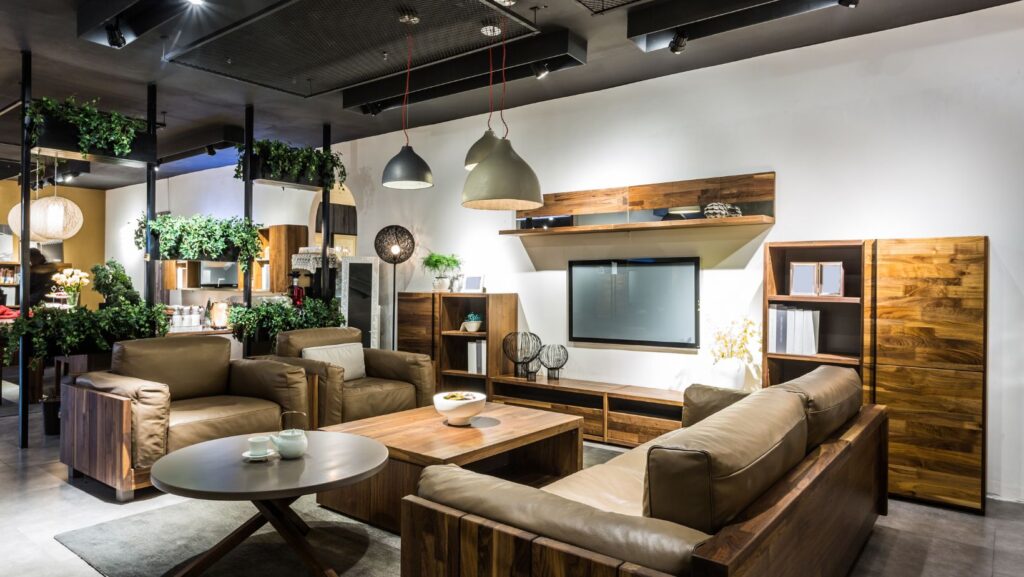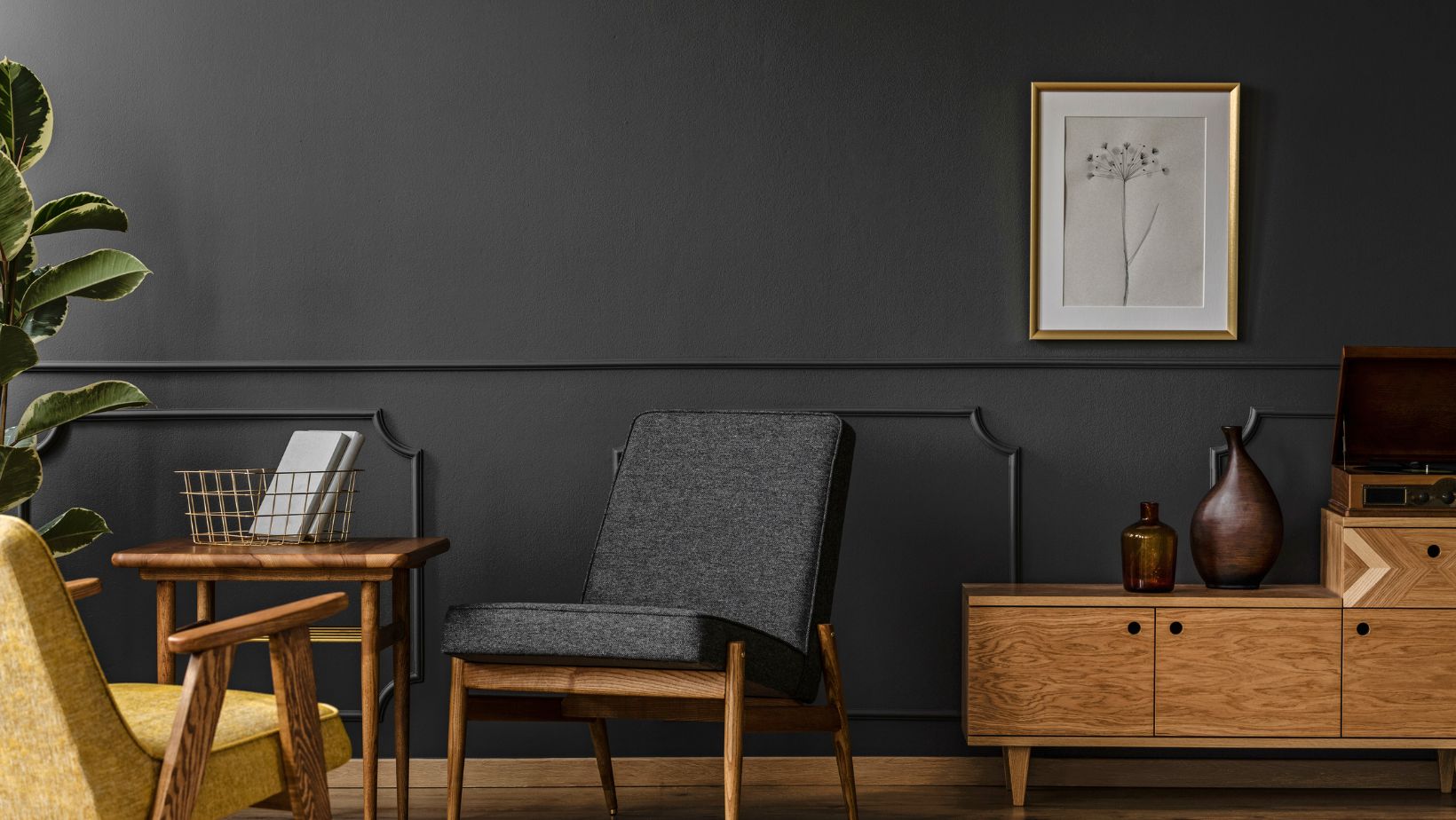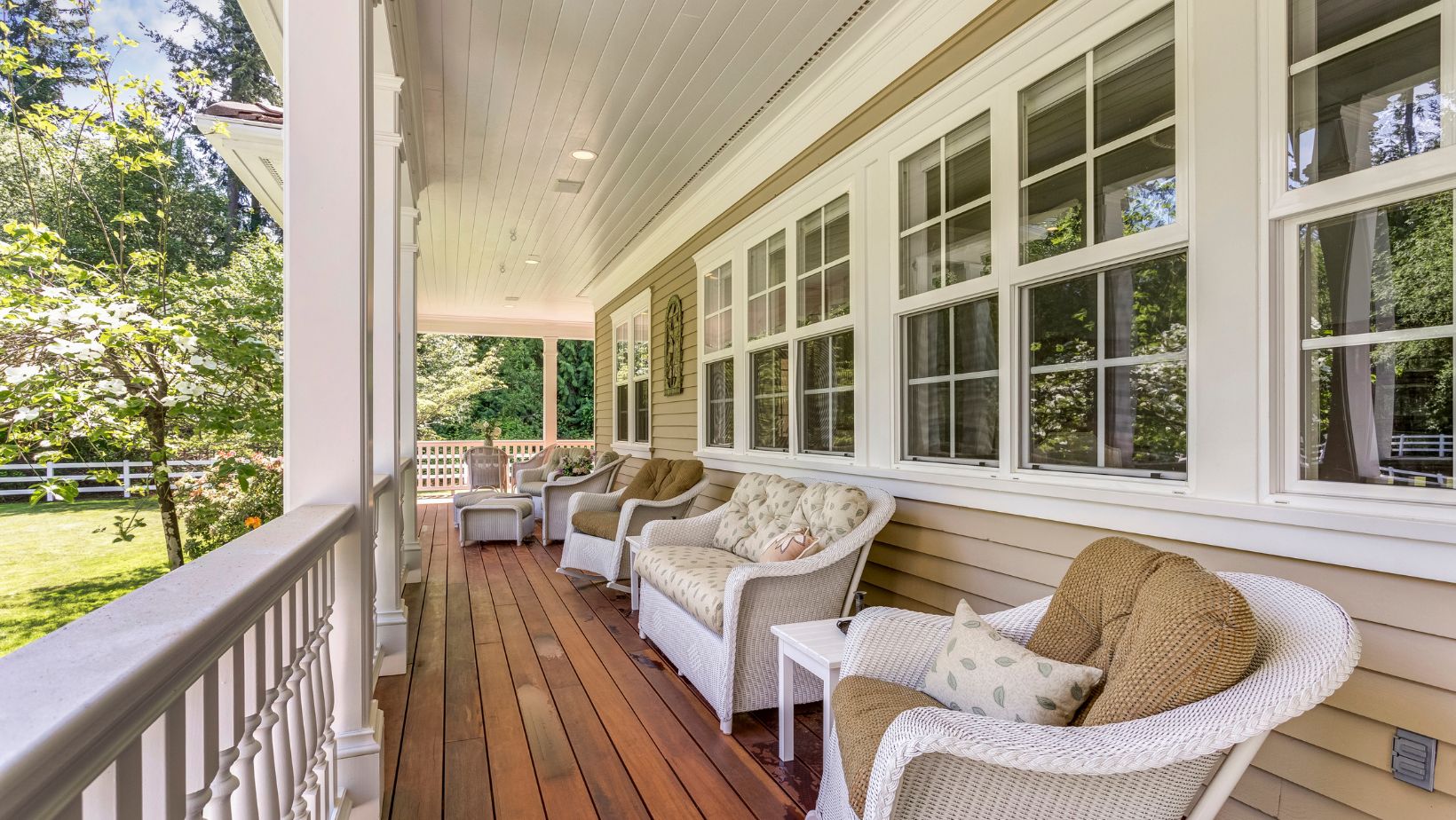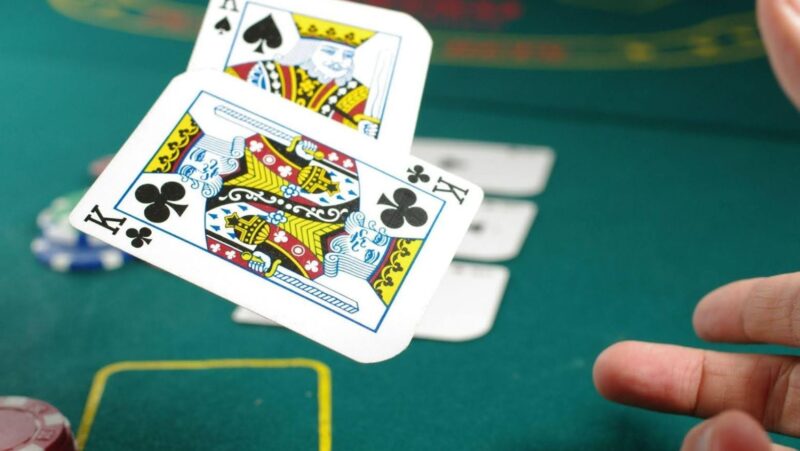
Here’s a delightful secret: some of the most stunning furniture you’ll ever lay eyes on didn’t come fresh out of a box but rather from a dusty attic or the corner of a thrift store. This is the magic of upcycling, where everyday folks with a little vision and some elbow grease transform worn-out pieces into bespoke treasures. It’s not just about giving furniture a second chance—it’s about giving it a whole new life.
The beauty of upcycling lies in its simplicity. Imagine taking that chipped, outdated dresser you were tempted to toss and reimagining it as a chic centerpiece in your living room. It’s not magic—it’s creativity, sustainability, and a smidgen of courage. At its heart, upcycling is about turning something old and overlooked into something both beautiful and useful. Think of it as the art of seeing potential where others see clutter.
But let’s be real: not every piece of old furniture has a hidden masterpiece waiting to emerge. Some of it is, well, just junk. The thrill lies in spotting the gems—the pieces that, with a little sanding, painting, or reupholstering, can be transformed into something remarkable. It’s like a treasure hunt, except instead of gold coins, you’re uncovering the soul of a once-loved chair or table.
There’s something incredibly personal about upcycled furniture. It tells a story—your story. Each brushstroke, every nail hammered in place, is a reflection of your unique vision. Compare that to store-bought furniture, which, while shiny and pristine, often feels a bit soulless. Sure, those mass-produced pieces have their place, but upcycling offers a charm and authenticity that simply can’t be replicated.
The environmental perks? Oh, they’re just the cherry on top. In a world drowning in discarded goods and endless production cycles, upcycling is like a tiny rebellion against wastefulness. Instead of feeding the landfill monster, you’re breathing new life into something old. And let’s not ignore the financial angle—upcycling can be surprisingly cost-effective. That $10 flea market find could easily become a $200 showpiece with the right touch.
So, where does one even start on this creative journey? The good news is, you don’t need a fully stocked workshop or years of expertise. A paintbrush, a sander, and a staple gun will cover most of your needs. And if you’re feeling fancy, invest in a power drill or an upholstery machine. But let’s dispel a myth right now: you do not need to be the descendant of a master carpenter to upcycle furniture. If you can wield a paintbrush without poking your eye out, you’re already halfway there.
Now, let’s talk about technique. Paint is arguably the superhero of upcycling. With the right color, you can completely change the personality of a piece. A tired coffee table can become a bold statement piece with a coat of vibrant teal. Want something a little more sophisticated? Chalk paint offers a matte finish that screams elegance. Metallics can add a modern twist, while distressing techniques can create a cozy, vintage vibe. It’s all about what story you want your furniture to tell.
And don’t underestimate the power of fabric. Adding new upholstery to a worn chair or bench can make it pop. Or, if you’re feeling adventurous, try your hand at stenciling designs onto flat surfaces. Swapping out hardware is another simple yet transformative trick. A set of sleek, modern handles can take a decades-old dresser from drab to fab faster than you can say “thrift store find.”
Of course, the best ideas come from seeing others in action. One project that always inspires is turning an old bookshelf into a stylish bar cart. It’s not as hard as it sounds—remove a couple of shelves, sand down the surface, add some wheels, and voilà, you’ve got a custom bar cart that’s sure to impress at your next dinner party. Another favorite? Rescuing an old wooden chair. Sand it down, paint it a bold color, and maybe even reupholster the seat. Suddenly, it’s not just a chair—it’s a conversation starter.
When you start seeing the possibilities in every piece of old furniture, it’s hard to stop. The upcycling bug is contagious, and before long, you might find yourself not just creating for your home but considering turning it into a side hustle or even a full-fledged business. There’s a thriving market for unique, handcrafted furniture, whether you’re selling at local markets, on platforms like Etsy, or even through your own social media channels. And let’s not forget the irresistible charm of adding a backstory to each piece. “This chair was once destined for the dump before it found its way into my workshop and became what you see today.” That kind of narrative sells.
Still, upcycling isn’t without its challenges. There will be times when the paint doesn’t dry quite how you envisioned it, or a stain refuses to budge no matter how hard you scrub. And then there’s the dreaded “it looked better in my head” moment. The trick is to embrace the process and recognize that every misstep is a lesson. If all else fails, start fresh. There’s always another treasure waiting to be found.
One of the more exciting aspects of upcycling is its scalability. Today, you might be painting a small nightstand in your living room. Tomorrow, you could be sourcing larger pieces, collaborating with other creators, or even investing in materials to create cohesive collections. The possibilities are endless. And who knows? You might even find yourself exploring niche markets like restaurant furniture—where your handcrafted, unique pieces could become the centerpiece of a cozy café or a trendy bistro.
Accessibility is the key to the true delight that comes from upcycling. It’s an art form anyone can master, whether you’re a seasoned DIY enthusiast or someone who’s never picked up a paintbrush. The only requirement is a willingness to see potential where others see trash and the courage to get started. You don’t need to transform an entire dining set overnight—start with something small. Maybe there’s a forgotten stool in your garage or a dusty mirror frame just waiting for a fresh coat of paint.
At the end of the day, upcycling is about more than just furniture. It’s about creativity, sustainability, and the thrill of making something uniquely yours. Every scratch and brushstroke is a story, a piece of history that you’re not just preserving but elevating. So, what are you waiting for? There’s an old piece of furniture out there, waiting for your touch to bring it back to life. What story will you tell?









